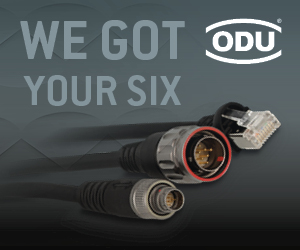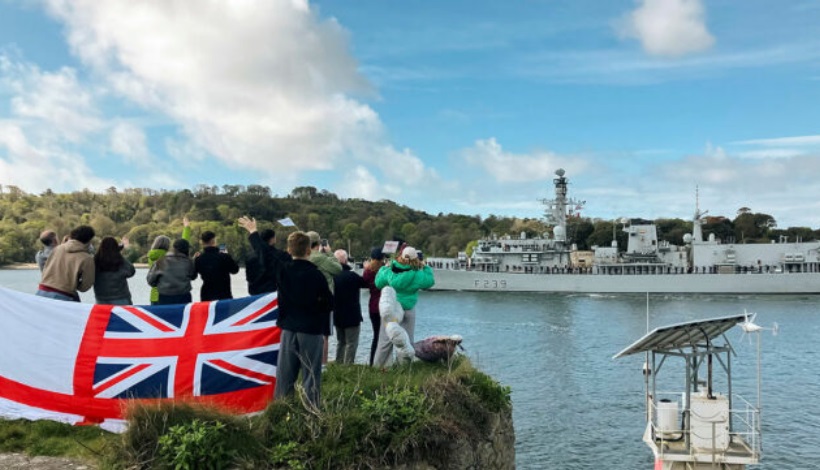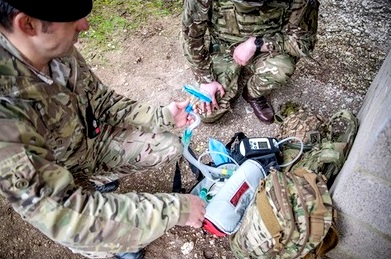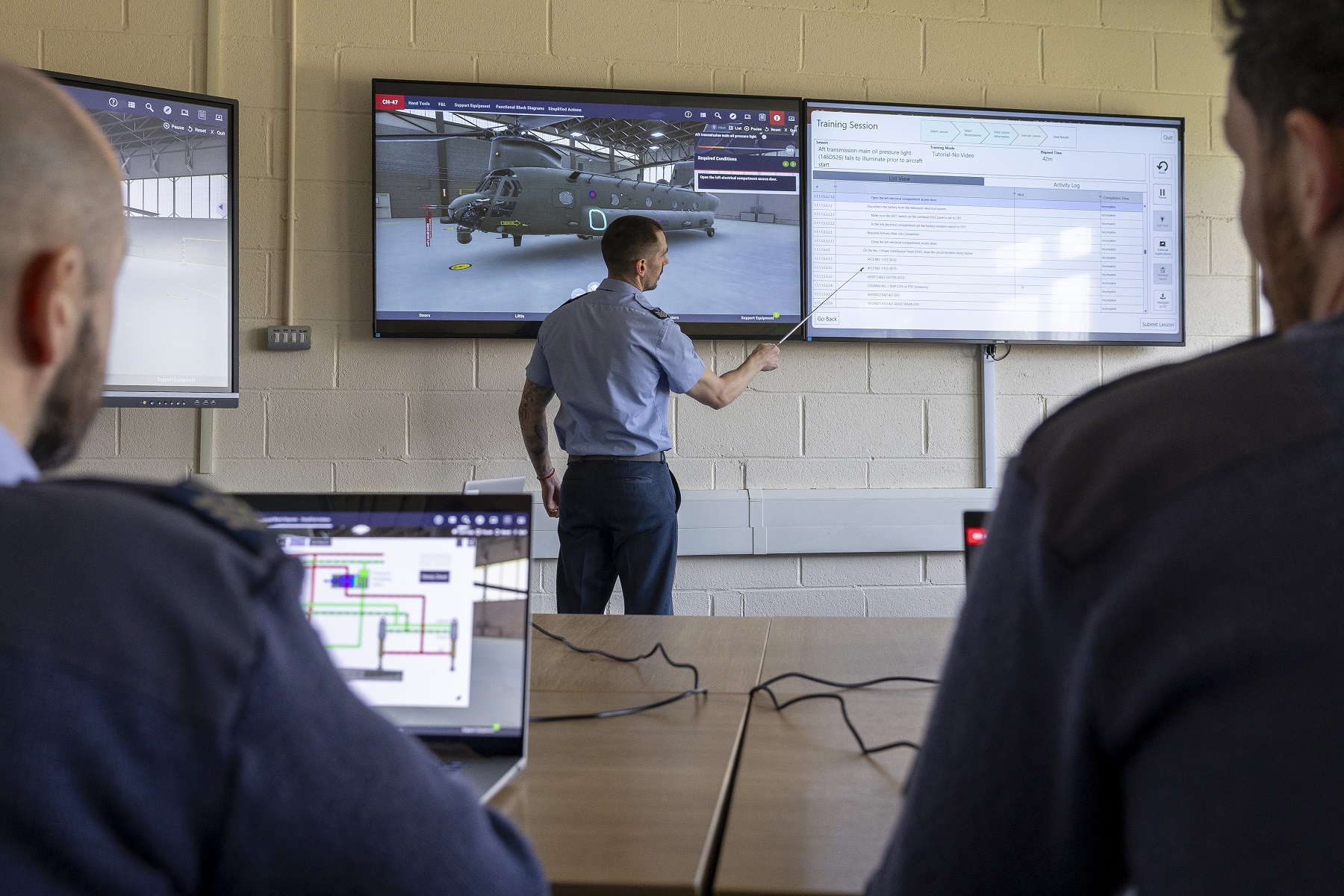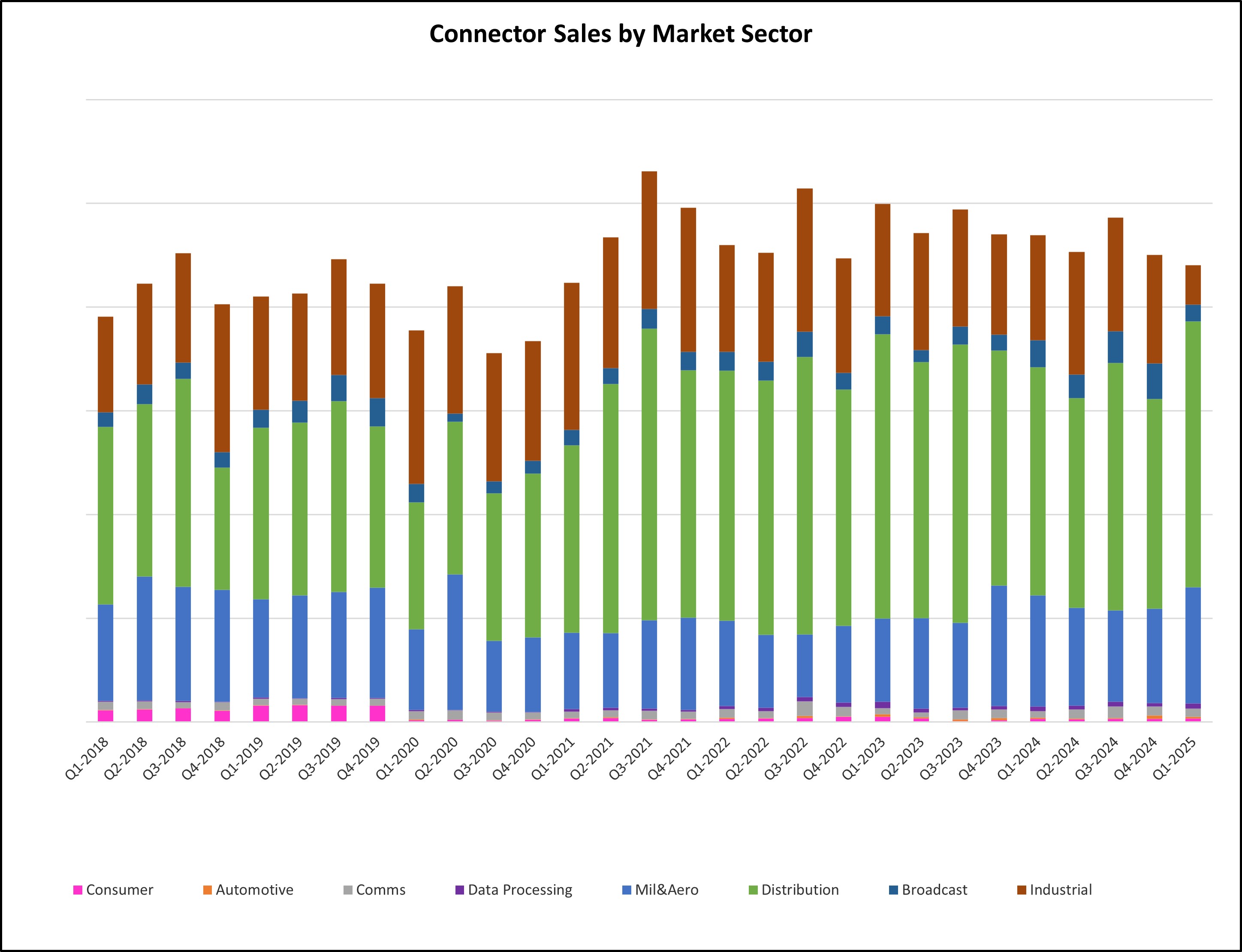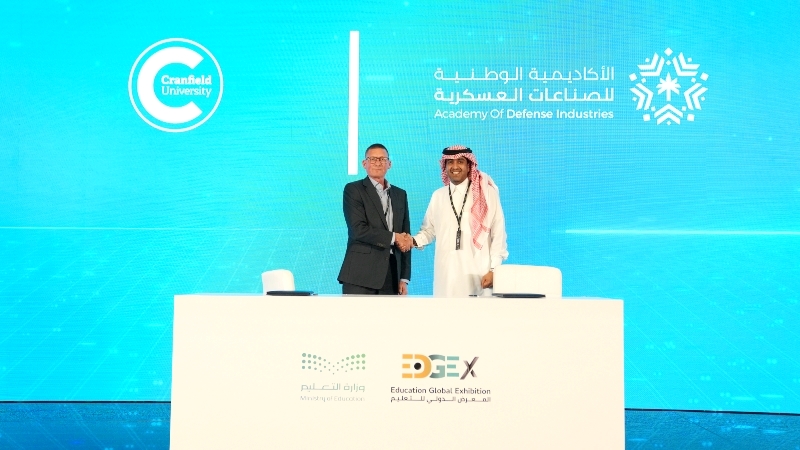Thales to support Royal Navy's S1850M radar

Above:
S1850M.
©Thales
The S1850M Long Range Air Surveillance Radar is a derivative of the SMART L radar. With 26 systems sold to leading European navies, SMART-L and S1850M have become a de facto NATO standard for naval long-range radar systems.
The new service contract, which covers a period of three years, with an optional additional two years, was signed on behalf of the three nations by OCCAR (Organisation for Joint Armament Cooperation). It includes high quality support services such as desk support, an onsite technical assistance, and implementation of the Thales Customer Portal.
It includes an annual obsolescence scan and health check in addition to more complex tasks such as monitoring and configuration management. Thales will also annually host Customer Days, for attendance by representatives from the three Navies and OCCAR.
The S1850M radar, based on the Thales' SMART-L Volume Search Radar, is the long-range radar (LRR) of the Principal Anti Air Missile System (PAAMS) used on the Royal Navy’s Type 45 Destroyers, Queen Elisabeth class Aircraft Carriers and the French and Italian class Horizon Frigates.
The S1850M system is a 3D multibeam radar designed to provide long-range air & surface surveillance and target designation. Additional capabilities can be introduced during lifetime according to customer needs. This makes the radar future proof in case of evolving requirements. With fully automatic detection and track initiation, this radar part of the Ballistic Missile Defence System can track up to 1,000 air targets at a range of around 400 kilometres, including stealth targets in cluttered environments.
With 26 systems sold to European navies, SMART-L and its derivative S1850M have become the de facto NATO standard for naval long-range radar systems.
“Gerben Edelijn, SVP of Above Water Systems, Thales, said: This service contract proves that Thales’ naval sensors can meet user requirements for a great many years. We are glad to keep supporting three of Europe’s leading navies in their mission to protect their nations, personnel and valuable assets. This contract demonstrates the increasing need for cooperation between defence organisations and industry in Europe. Uniformity of equipment facilitates this cooperation.”



